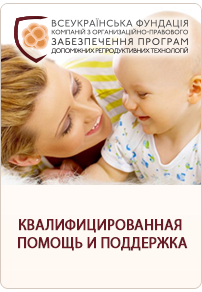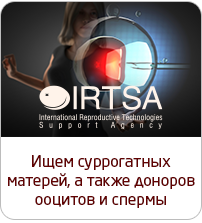New Targets For IVF Clinics
Just one in ten births following fertility treatment should be twins or triplets, according to new guidance issued by the UK regulator.
Previously, fertility clinics had to ensure no more than 15 per cent of births were twins or triplets, as multiple pregnancies are far more risky than single ones.
Now, the Human Fertilisation and Embryology Authority (HFEA) has lowered the target to ten per cent - a change that will come into effect from October 1st 2012.
The target includes births from IVF, ICSI and GIFT, but excludes births from IUI or DI.
In a letter to clinics, Alan Doran, chief executive of the HFEA, thanked them for responding 'very well' to the drive to reduce multiple births.
He noted that the proportion of multiple births is currently at 19.9 per cent, down from 24 per cent at the start of the four-year strategy.
Rachel Cutting, chairman of the Association of Clinical Embryologists, welcomed the new target.
She told the Daily Telegraph: 'Just three years ago, there was a one in four chance of having twins following IVF, but we have reduced this figure by developing improved ways to select the best quality embryo a patient has.'
- The central office of IRTSA Ukraine completely restores work
- How we work during the COVID-19 pandemic
- 1st International Congress on Reproductive Law
- Soon Americans may face a new ethical dilemma
- ‘Friends’ star Jennifer Aniston is pregnant with twins
- Image processing technology can impact the success rates of ivf
- Editing genes of human embryos can became the next big thing in genetics
- Supermodel Tyra Banks undergoes IVF
- Scientists discovered a new, safer way for egg freezing
- French scientists have managed to grow human sperm cells in vitro









